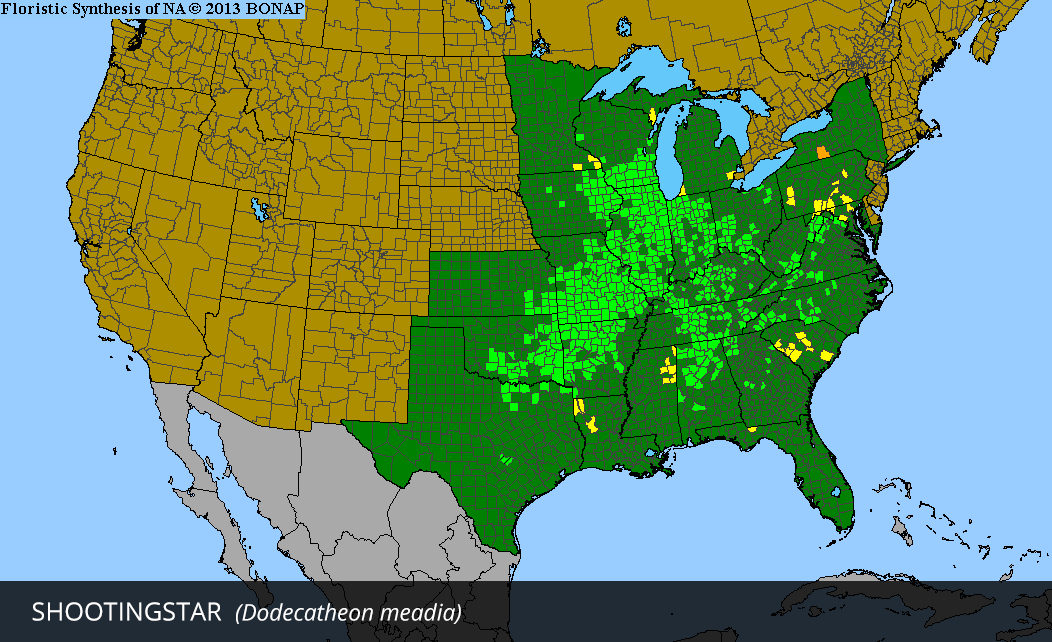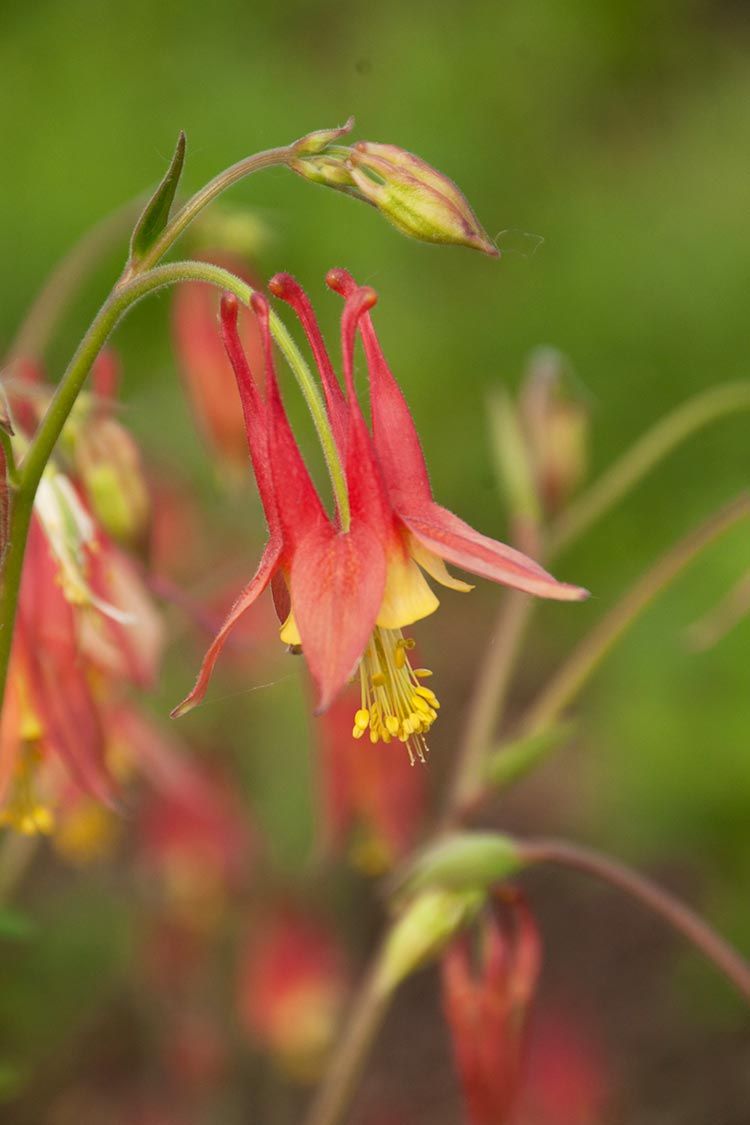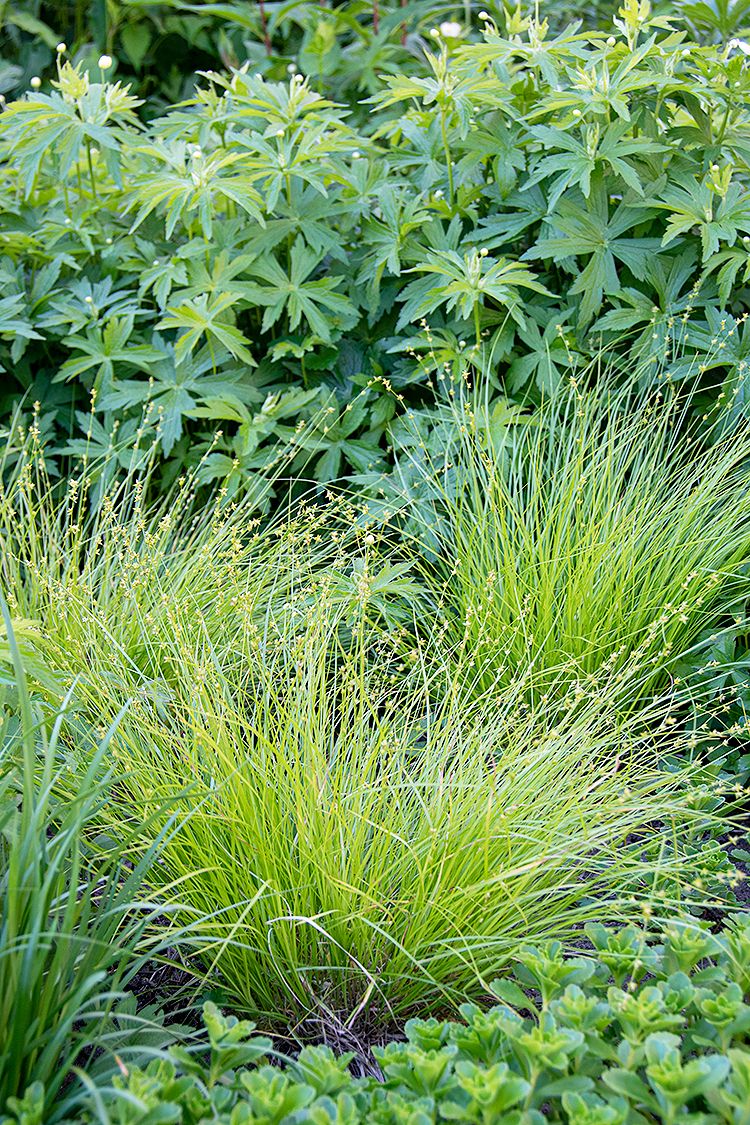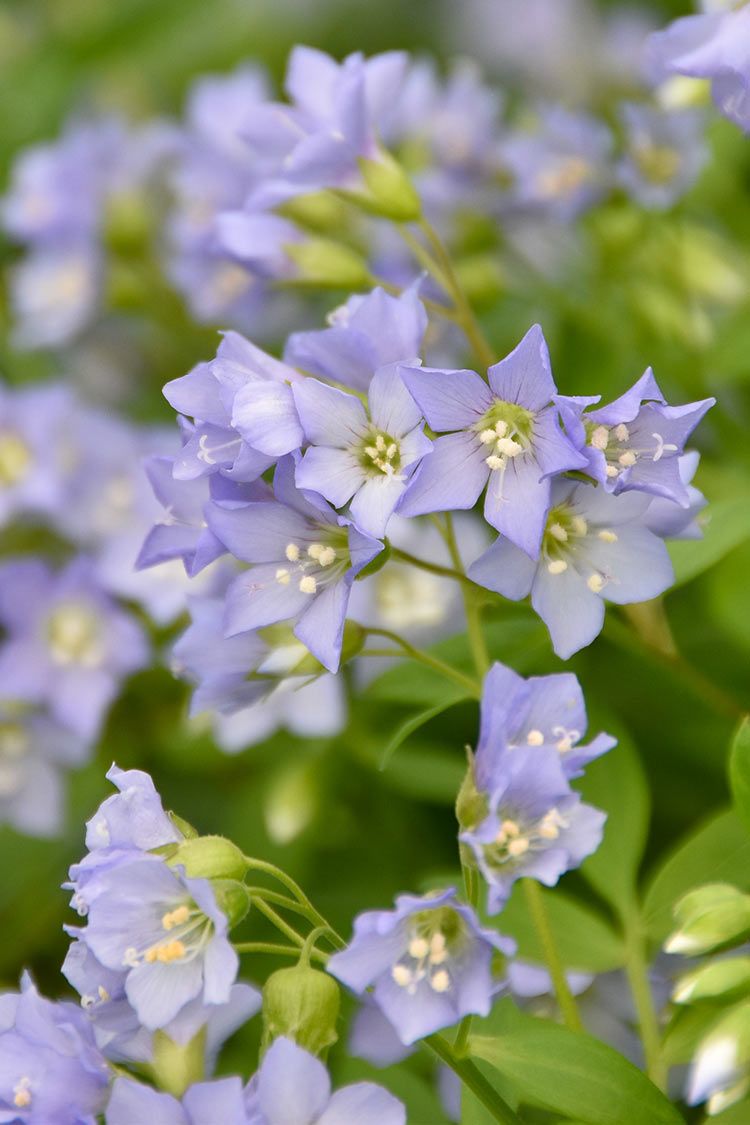Shootingstar
Shootingstar, Dodecatheon meadia, has delicate nodding blooms that seem to fly upward and away from the pointed red and yellow flower center, resembling a shooting star. The leafless stalks arise from a lush foliage base, creating the perfect backdrop for the exquisite …
| Soil Type | Clay, Loam, Sand |
|---|---|
| Soil Moisture | Medium, Moist |
| Sun Exposure | Full Sun, Partial |
| Height | 1' - 2' |
| Bloom Color | White, Lavender, Pink |
| Bloom Time | May, June |
| Spacing | 1' |
| Zones | 4, 5, 6, 7, 8 |
| Root Type | Fibrous |
| Benefits | Pollinators, Deer Resistant |
| Seeds per Oz | 75000 |
| Propagation Treatment | Moist Stratification |
| Days to Moist Stratify | 30 days |
| Direct Sowing Time | Fall |
Shootingstar, Dodecatheon meadia, has delicate nodding blooms that seem to fly upward and away from the pointed red and yellow flower center, resembling a shooting star. The leafless stalks arise from a lush foliage base, creating the perfect backdrop for the exquisite flowers.
A spring bloomer and true prairie ephemeral, Shootingstar goes completely dormant in late summer. It is best grown in a lightly shaded area. Fall transplanting is best, but early spring planting is also fine. Mature Shootingstar plants can be propagated by division: Dig the mature crowns in the fall when dormant, then divide and replant.
Bumble bees are the chief pollinators of Shootingstar, and the pollen must be extracted from a narrow tube formed by the united stamens. The bees accomplish this by vibrating their bodies against the tube to shake the pollen out, a technique known as 'buzz pollination.' Other common names include Midland Shootingstar and Prairie Pointers.
Explore our Resources & Guides: How to Transplant Bare Root Plants







